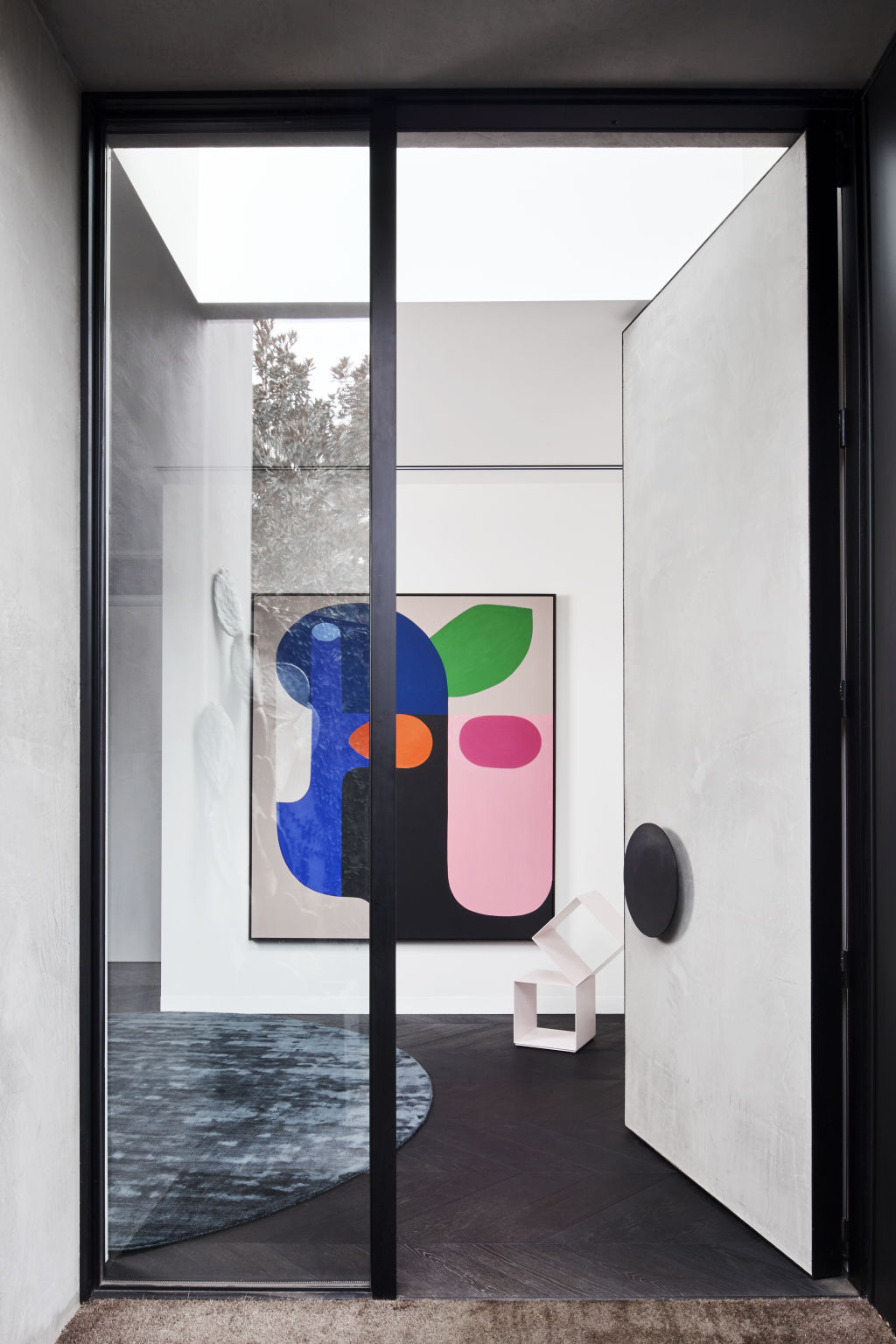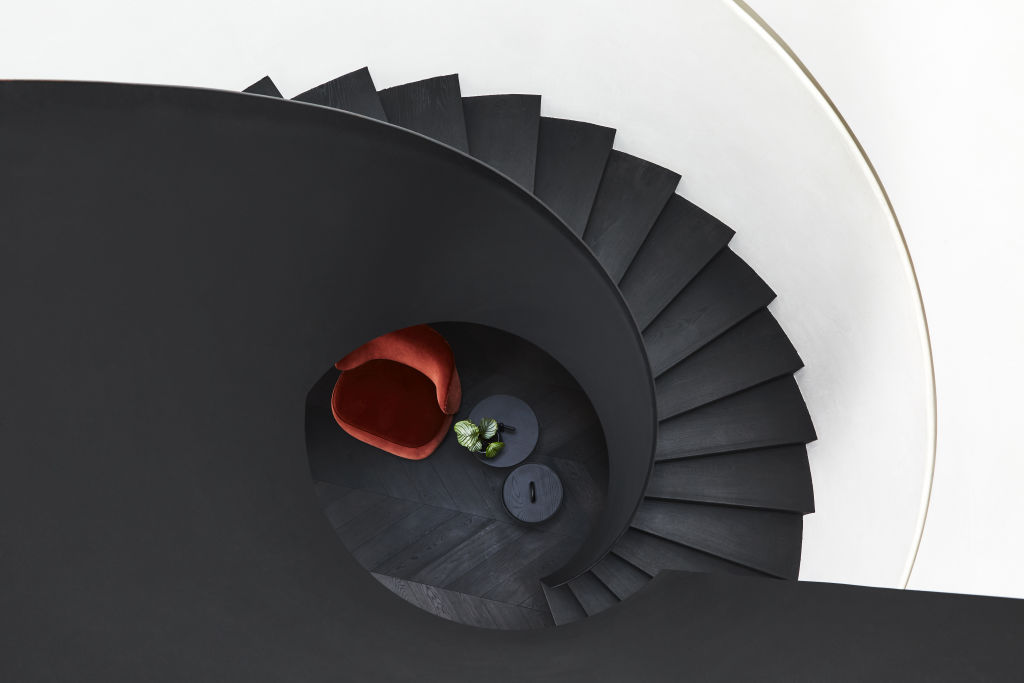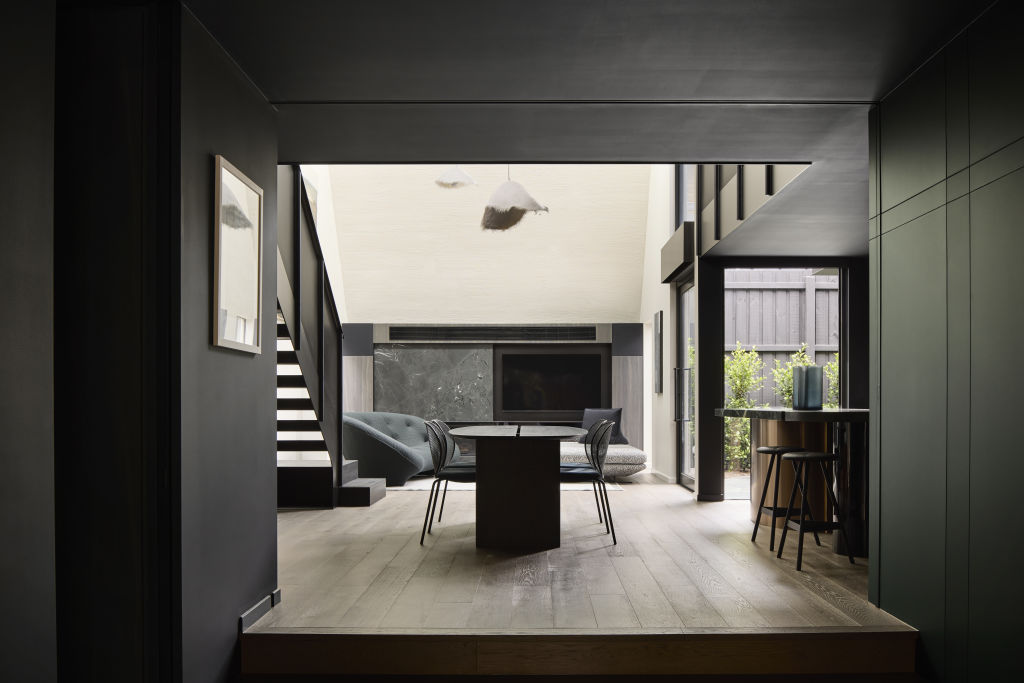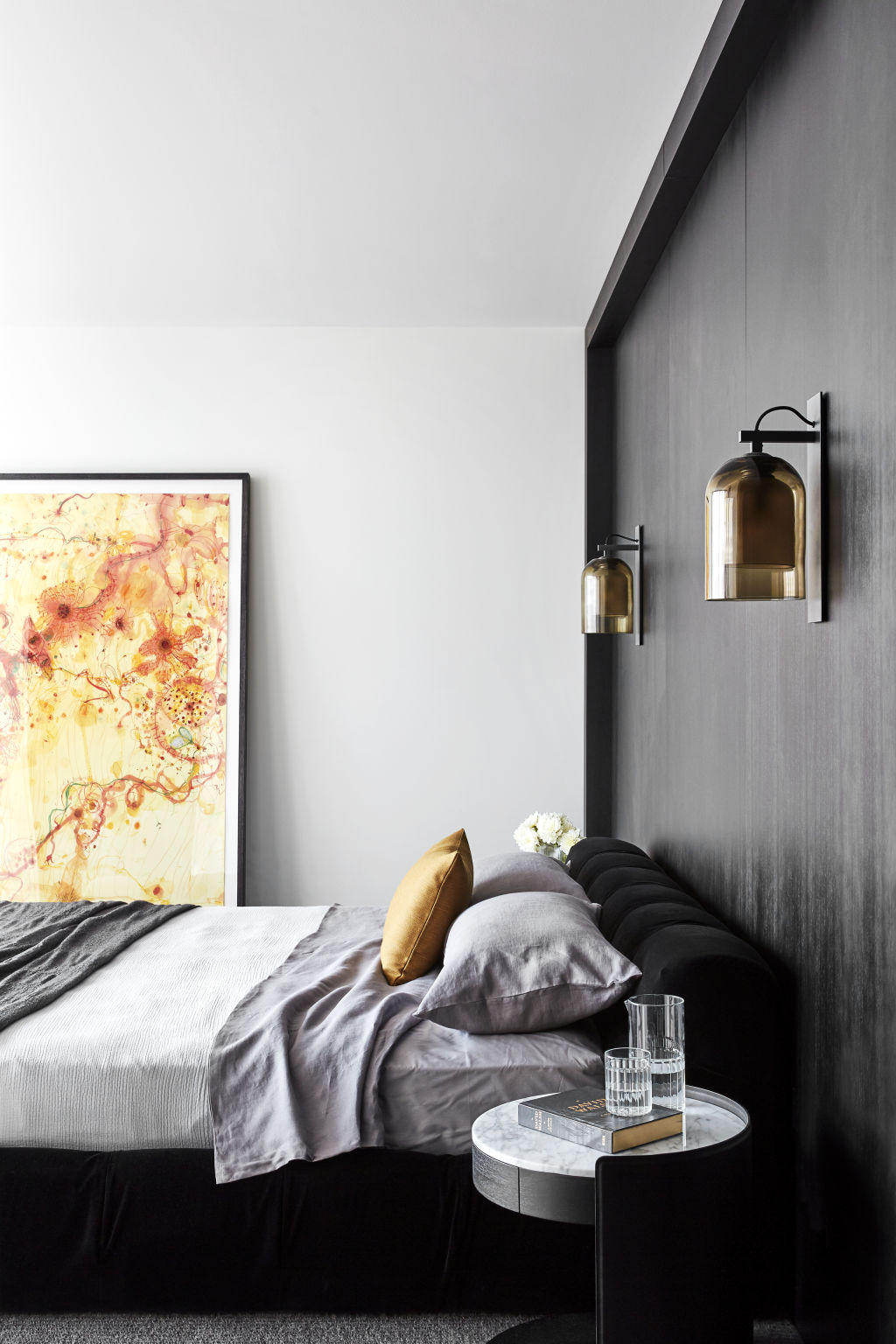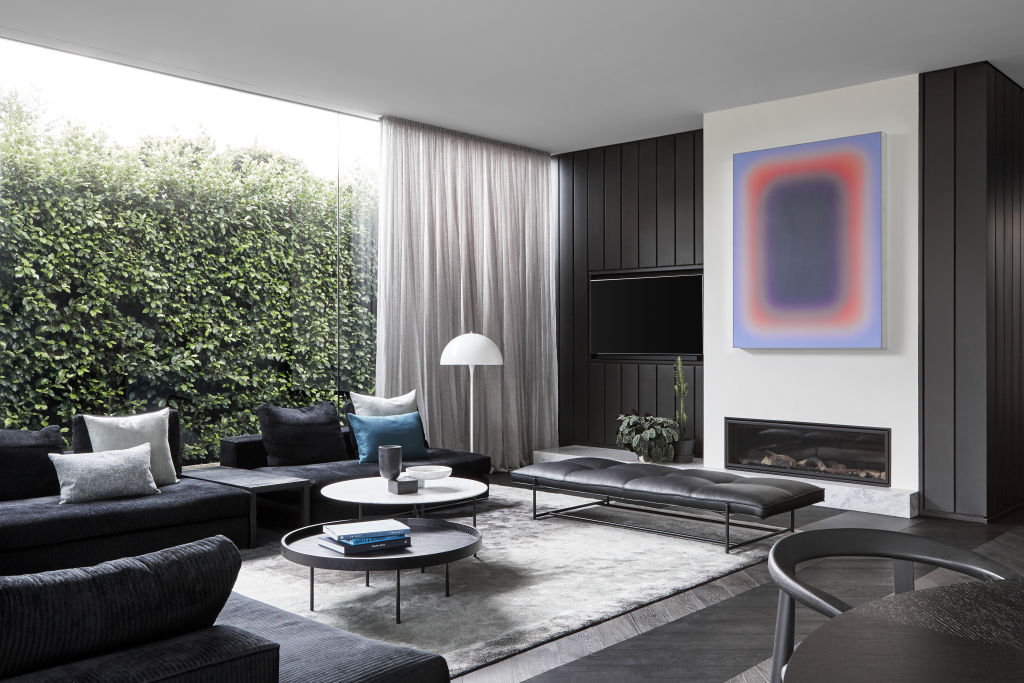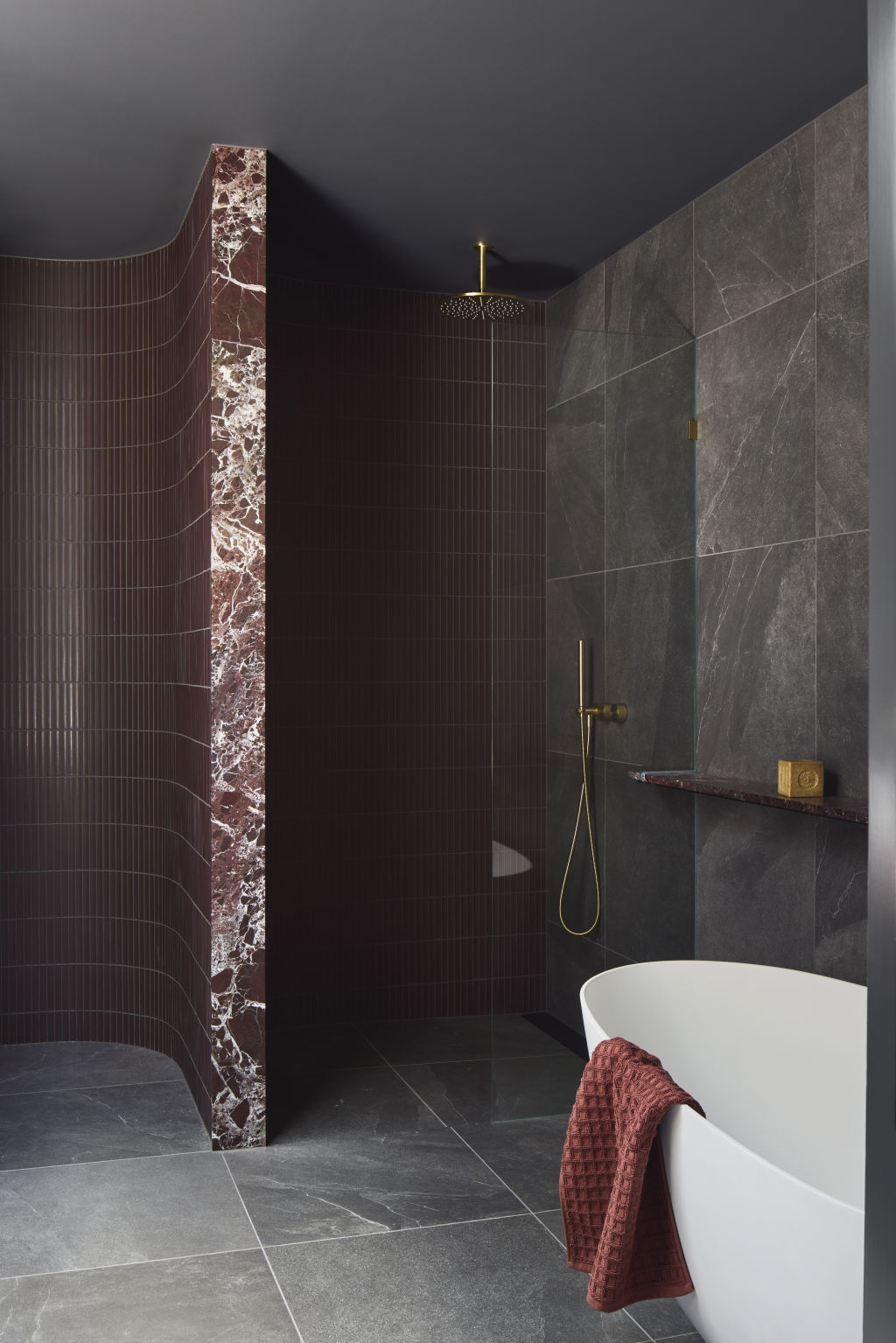Choose The Right Flowers And You’ll Have A Garden That Blooms Year-Round
Article Source: Click here By knowing when certain varieties thrive, you can get the most out of your garden. Photo: Pauline Morrissey Timing is everything in the garden. Some flowers, like sweet peas and tulips, need to be planted in autumn to bloom in spring, while others, such as roses … Read more
